To overcome this difficulty as well as propose solutions in controlling heavy metals, gold O..., VNA reporter had an interview with Mr. Huynh Tan Dat, Director of the Department of Cultivation and Plant Protection, Ministry of Agriculture and Environment .
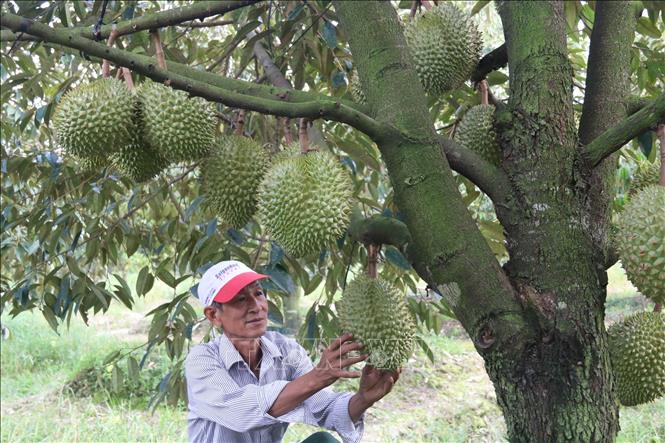
Could you tell us what solutions the industry has in place to control heavy metals, typically cadmium, to avoid residues in fruits, especially durian?
The Department of Crop Production and Plant Protection has coordinated with localities and functional units to implement a survey, monitoring and sampling program in key durian growing areas in the Central Highlands and the Southwest. Through analysis results, heavy metals were detected mainly in growing areas in the Southwest.
Faced with this situation, the Department has focused on handling the heavy metal residue in Tien Giang - a locality with a large durian area in the region. The Department has assigned technical units to coordinate with the Institute of Soil and Fertilizer and testing laboratories to conduct surveys and collect soil, water, leaf and fruit samples in 4 main durian growing districts of the province.
The analysis results show that heavy metal residues appearing on agricultural products originate from two main causes. The first is that the residue level in the soil is abnormally high; the second is that during the cultivation process, people use materials and fertilizers that exceed the allowable threshold - even in some places more than 10 times, leading to soil pollution.
Faced with this situation, the Department has worked directly with the province to agree on a synchronous solution. The Southern Plant Protection Center, the Southern Plant Protection Testing and Inspection Center, the Institute of Soil and Fertilizers, and specialized agencies of the Department of Agriculture and Environment have been assigned to review and rebuild the cultivation process. The goal is to comprehensively control everything from the selection of planting areas, testing soil and water before planting durian to the fertilization process, in order to minimize the use of fertilizers containing heavy metals.
In addition, the Department recommends increasing the use of organic fertilizers, balancing the ratio with inorganic fertilizers. For high-risk areas, apply synchronous measures to minimize the risk of heavy metal contamination. One is to use biochar, which has the ability to retain heavy metals, adjust the pH of the soil, and at the same time promote beneficial microorganisms to help durian trees grow well.
Second, add microbial fertilizers to increase the density of microorganisms in the soil, support decomposition and reduce the ability to absorb cadmium into the product. Third, intercrop with submerged plants to absorb and retain heavy metals; at the same time, these intercropped plants can be used as organic fertilizer.
Currently, the Department has coordinated with localities and enterprises to deploy 5 models in Cai Be and Cai Lay districts (Tien Giang), thereby organizing an assessment of actual effectiveness to replicate in other localities.
At the same time, the Southern Plant Protection Center coordinated with Tien Giang province to organize propaganda and guide farmers to comply with sustainable farming processes, minimize the use of fertilizers containing heavy metals, ensure reasonable fertilization and proper plant care to eliminate chemical residues in products, meeting the requirements of import markets.
The Department also directed specialized units to strengthen inspection and supervision of the use of input materials. At the same time, coordinate with market management forces to inspect the trading of agricultural materials, strictly handle violations and trading of products that do not ensure quality.
Along with that, the Department has coordinated with Tien Giang province to develop a report assessing the effectiveness of each model. Based on these results, it will coordinate with the agricultural extension system to replicate highly effective models. All causes, solutions, survey results and implementation processes have been compiled into a joint report from Vietnam to the importing country. From there, the two sides will discuss, negotiate and agree on appropriate control measures.
To enhance accountability and transparency in the supply chain, the agricultural and environmental sectors are promoting the implementation of a linkage model between farmers, material suppliers and exporters. This linkage chain ensures traceability of each product. Shipments will be sampled for testing from the production area, packaging facility, until they are put into containers for sealing. At the border gate, goods continue to be sampled for monitoring according to the requirements of the plant quarantine agency, and also serve the purpose of traceability if necessary.
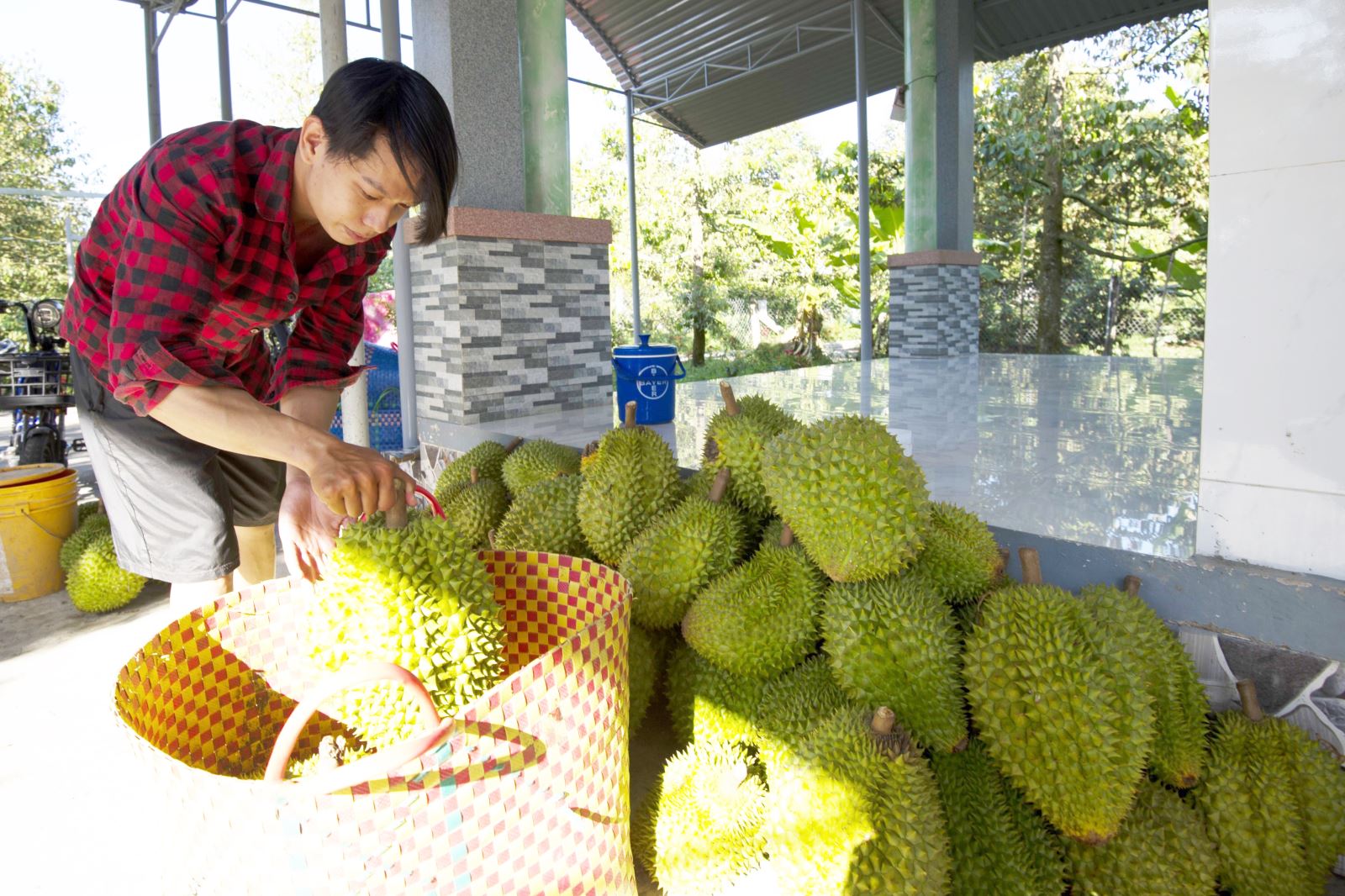
Photo: Cong Tri/VNA
Faced with the reality of soil pollution affecting durian quality, what solutions has the Department of Crop Production and Plant Protection taken to control and monitor heavy metal residues in growing areas across the country, as well as support planning and expansion of export markets?
The Department of Crop Production and Plant Protection has proposed to the leaders of the Ministry of Agriculture and Environment to develop a comprehensive heavy metal monitoring program for durian growing areas nationwide. Through this program, a map of soil at risk of contamination will be identified, serving as a basis for advising people and supporting localities in planning durian growing areas appropriately and sustainably.
At the same time, the Department has also developed a monitoring program to comprehensively assess the risk of residual contamination in durian growing areas. The results of the program will provide specific data to serve the negotiation process with demanding import markets. On that basis, all data will be transparent, contributing to improving reliability and promoting the diversification of export markets, not only for durian but also for other Vietnamese fruit products.
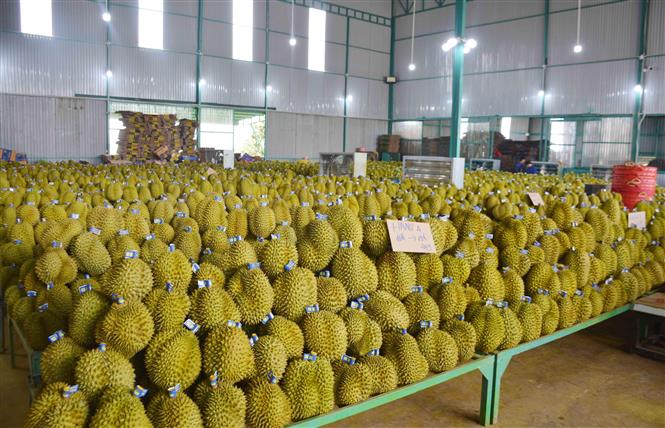
With O gold, what recommendations do you have for producers?
Immediately upon receiving a warning from the importing country about a shipment of violations related to yellow O, the Department of Crop Production and Plant Protection urgently requested relevant parties in the production, business, trade and import-export chain to review and clarify the risk of contamination of this substance.
Yellow O is a substance prohibited for use in food products. Traceability testing shows that the use of this substance mainly occurs after harvest, especially during packaging, processing and export. Notably, many shipments that were warned were not packaged at facilities with registered codes, indicating a lack of control in the supply chain.
In addition, the use of O gold is determined to be according to the contractual agreement between the two parties in some individual cases, not widely spread. However, at any level, this behavior violates the regulations and needs to be strictly handled. For the cases of violations that are warned, the Department has coordinated with the police to transfer all documents to the competent authorities for investigation and handling in accordance with the law.
The Department also held a workshop with all packaging facilities to thoroughly understand and request units to commit to not using any dyes in the durian processing. The facilities then implemented comprehensive sanitation measures in the packaging area to eliminate the risk of contamination and ensure food safety.
However, to implement it seriously and thoroughly, stronger efforts are still needed from relevant parties, especially in raising awareness of prohibited acts and current legal regulations in the import and export of food products.
Currently, the Department is coordinating with industry associations to develop a process to strictly control all stages in the packaging of agricultural products in general and durian in particular. This process will be issued in the near future, with the content of control from input to before the product leaves the factory.
Following the direction of Minister Do Duc Duy, the Department will build a synchronous control system from the growing area code to the packaging facility, in order to fully meet the requirements of food safety, plant quarantine and traceability. At the same time, the Department is urgently drafting a circular regulating the management of durian from the production stage to before export; and submitting a draft Government telegram with instructions and overall solutions for this product.
At the same time, the Ministry is also developing a plan to serve as a legal, technical and scientific basis for negotiations with import markets. The goal is to clear bottlenecks and create a foundation for sustainable development for the durian industry - a fruit that plays a key role and is known as the "king of fruits".
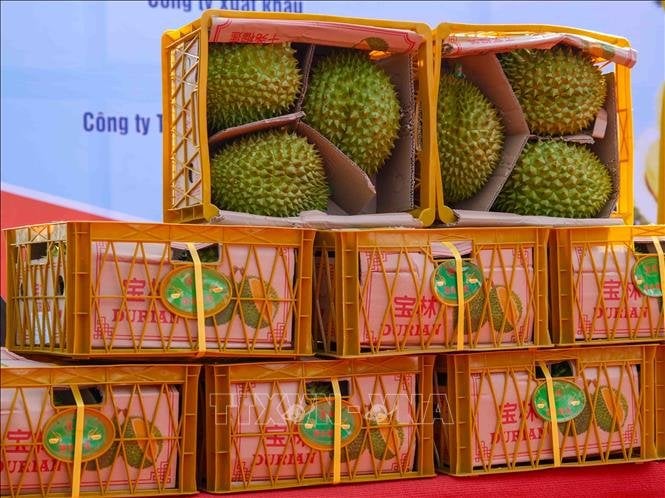
How has the industry paid attention to the management and improvement of the quality of growing area codes and packaging facilities, sir?
Upon receiving warnings from importing countries, the Department of Crop Production and Plant Protection quickly compiled the violations and reported to the Ministry's leaders to recall and suspend operations of related codes.
This is one of the solutions implemented in accordance with the commitments in the Protocol, aiming to protect the export market, maintain stable trade activities between the two sides and preserve the reputation of the agricultural products industry.
At the same time, the Department also implemented measures to clearly identify the causes of violations, clarify responsibilities and propose specific solutions. On that basis, the specialized agency will proactively discuss with the importing country to remove difficulties and gradually restore the operation of these growing area codes and packaging facilities.
However, owners of growing area codes must be responsible for the codes they have registered, because this is not only a management tool but also a brand, an asset and a reputation associated with the quality of their own agricultural products.
Therefore, strict management of growing area codes is extremely necessary. Currently, we have built a national database on agricultural exports, allowing growing area codes to fully declare relevant information such as: code, output, area, season, as well as links in the production - packaging - export chain. Thanks to that, the entire production chain is managed transparently.
When the shipment is fully controlled with chain information, the plant quarantine agency at the border gate will base on this data to conduct inspection and supervision. Only shipments with complete information, consistent with the declaration in the national database system, will be allowed to be exported in accordance with regulations.
Thanks for sharing!
Source: https://doanhnghiepvn.vn/kinh-te/kiem-soat-toan-dien-tu-vung-trong-den-dong-goi-sau-rieng-xuat-khau/20250522080131705




![[Photo] Determining the pairs in the team semi-finals of the National Table Tennis Championship of Nhan Dan Newspaper](https://vphoto.vietnam.vn/thumb/1200x675/vietnam/resource/IMAGE/2025/5/21/eacbf7ae6a59497e9ae5da8e63d227bf)
![[Photo] General Secretary To Lam works with the Central Inspection Commission](https://vphoto.vietnam.vn/thumb/1200x675/vietnam/resource/IMAGE/2025/5/22/54820e91fd124c4cb691961718c4ee5d)
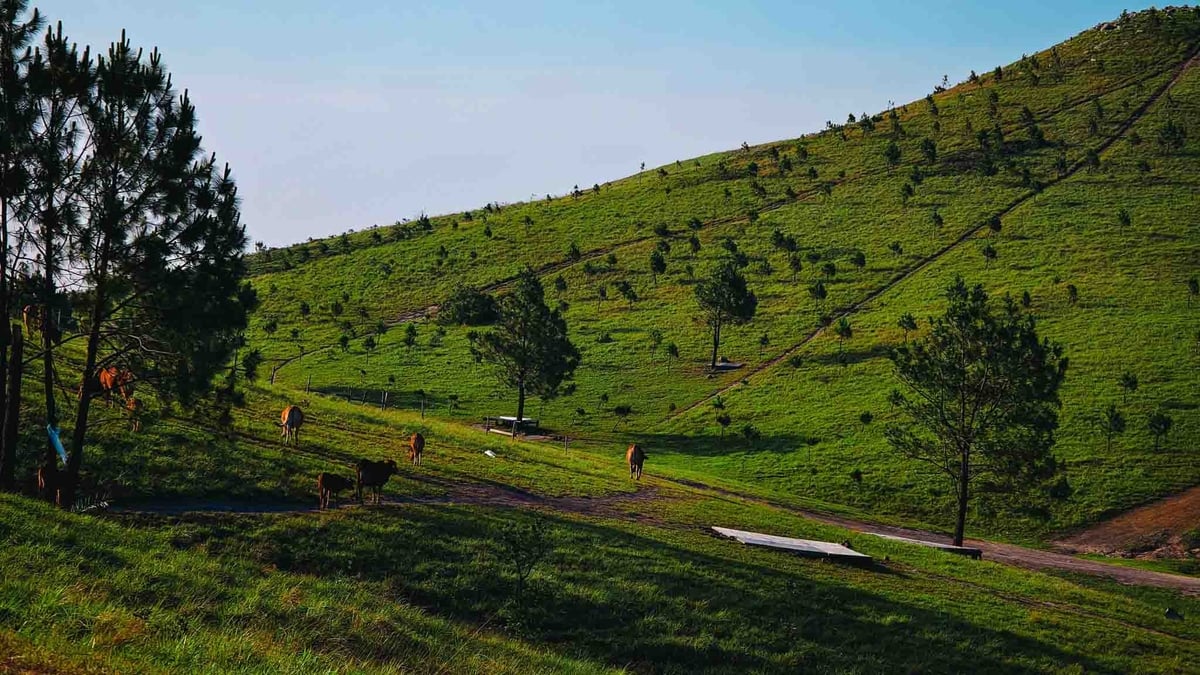
![[Photo] Prime Minister Pham Minh Chinh attends the groundbreaking ceremony of Trump International Hung Yen Project](https://vphoto.vietnam.vn/thumb/1200x675/vietnam/resource/IMAGE/2025/5/21/ca84b87a74da4cddb2992a86966284cf)


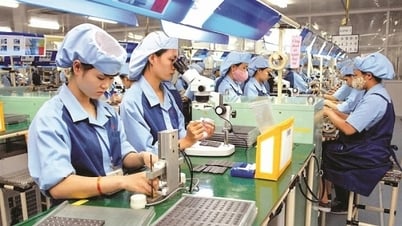



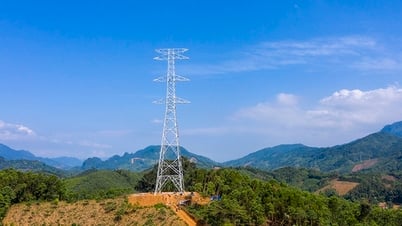
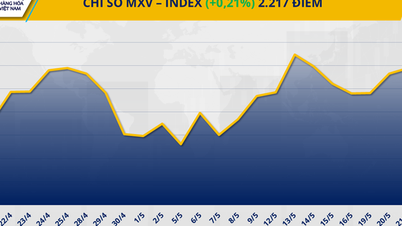
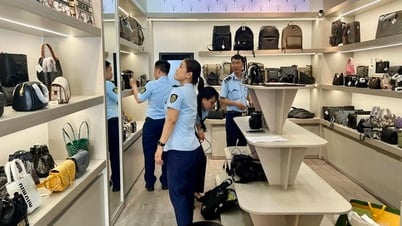






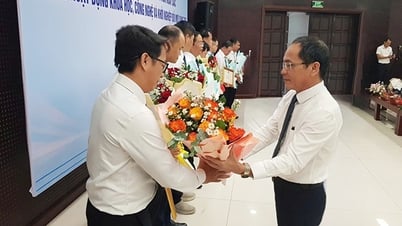
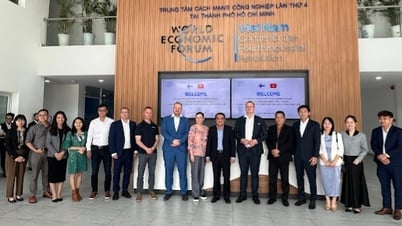

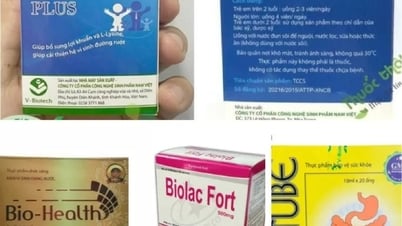































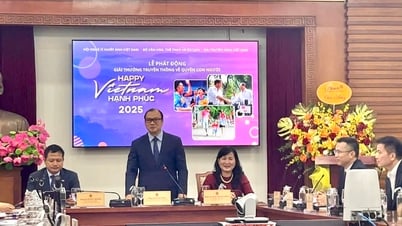

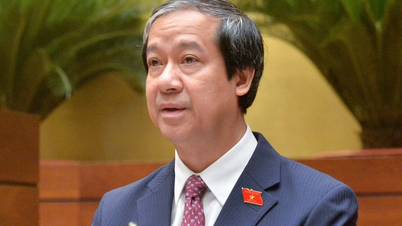




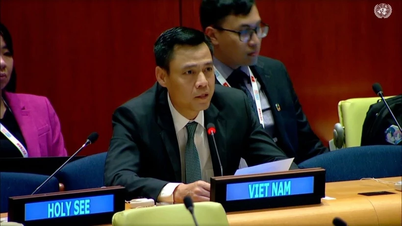


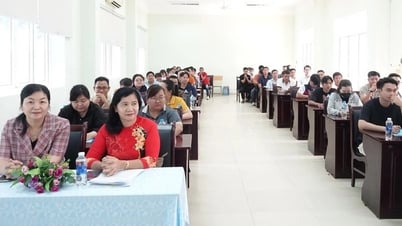
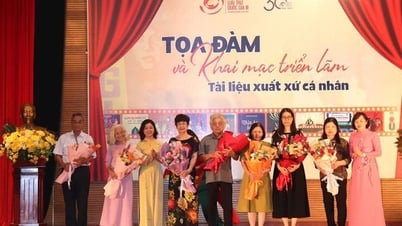




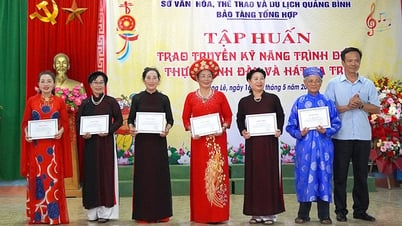

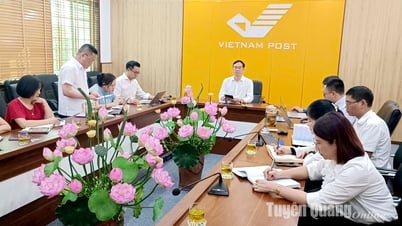



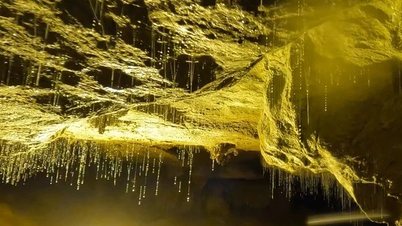


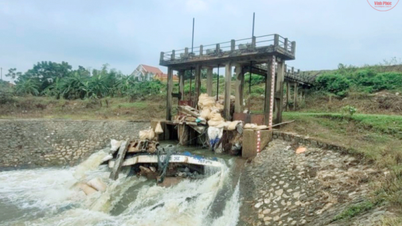



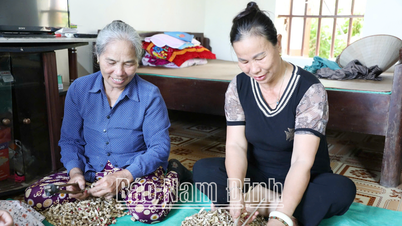








Comment (0)